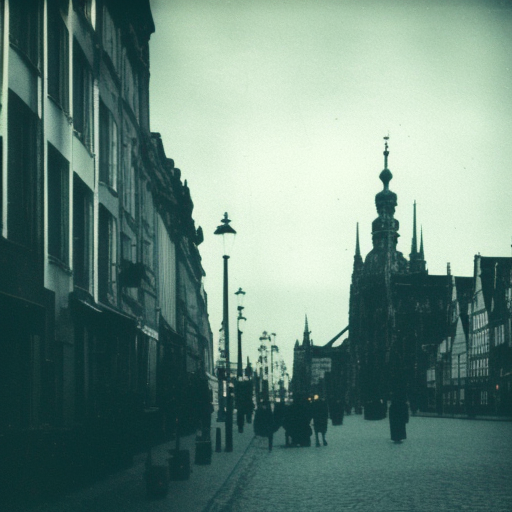Sack of Antwerp: A Devastating Event in European History
The Sack of Antwerp was a brutal and destructive event that took place during the Eighty Years’ War between the Spanish Empire and the Dutch Republic. It occurred on November 4, 1576, when Spanish troops, known as the “Spanish Fury,” ransacked and pillaged the city of Antwerp, causing immense destruction and loss of life.
The Background:
During the 16th century, the Low Countries, including present-day Belgium and the Netherlands, were under Spanish control. However, a growing sense of discontent and desire for religious freedom led to a rebellion against Spanish rule. This rebellion, known as the Dutch Revolt, resulted in the Eighty Years’ War, a protracted conflict between the Spanish Empire and the Dutch Republic.
The Spanish Fury:
In 1576, the Spanish troops stationed in the Low Countries had not been paid for several months. Frustrated and desperate, they resorted to looting and pillaging as a means of survival. The Spanish Fury was unleashed upon the city of Antwerp, which was a major economic and cultural center of the time.
The Sack of Antwerp:
The Spanish troops, led by their commander, Don Juan of Austria, entered Antwerp and began a rampage of violence and destruction. They targeted both the city’s inhabitants and its wealth, looting houses, churches, and businesses. The Spanish Fury resulted in the deaths of an estimated 7,000 people and the destruction of countless buildings.
Causes and Consequences:
Causes:
The Sack of Antwerp had several underlying causes. Firstly, the Spanish troops’ lack of payment and desperate circumstances led to their violent actions. Secondly, the religious tensions between the Catholic Spanish forces and the predominantly Protestant population of Antwerp fueled animosity and aggression. Lastly, the strategic importance of Antwerp as a major port and economic hub made it a prime target for both sides in the conflict.
Consequences:
The Sack of Antwerp had far-reaching consequences for both the city and the wider conflict. The devastation caused by the Spanish Fury severely weakened Antwerp’s economic and cultural standing. Many wealthy merchants and skilled craftsmen fled the city, leading to a decline in trade and prosperity. The event also fueled anti-Spanish sentiment and strengthened the resolve of the Dutch Republic in their fight for independence.
Legacy and Significance:
The Sack of Antwerp left a lasting impact on European history. It highlighted the brutality and destructive power of war, as well as the suffering endured by civilian populations caught in the crossfire. The event also contributed to the growing divide between the Spanish Empire and the Dutch Republic, ultimately leading to the latter’s independence.
Lessons Learned:
The Sack of Antwerp served as a stark reminder of the importance of diplomacy and peaceful resolution in times of conflict. It underscored the need for governments to prioritize the well-being of their citizens and the preservation of cultural heritage. The event also demonstrated the devastating consequences of religious intolerance and the importance of religious freedom.
In conclusion, the Sack of Antwerp was a tragic event that unfolded during the Eighty Years’ War. The Spanish Fury unleashed upon the city resulted in widespread destruction, loss of life, and economic decline. The event had significant consequences for both Antwerp and the wider conflict, fueling anti-Spanish sentiment and strengthening the resolve of the Dutch Republic. The Sack of Antwerp serves as a reminder of the devastating impact of war and the importance of peaceful resolution.












